All About Garter Snakes
Very often we call garter snakes our garden’s best friends. These reptiles are considered one of the most benign snakes as they are not harmful and reduce the number of pests in our gardens. The garter snake is a common name for snakes in the Thamnophis genus. Some species possess a mild neurotoxic venom which doesn’t pose a threat to humans and therefore those snakes are often kept as pets.
Characteristics
The color of a garter snake depends on its species, however, most of them have three longitudinal stripes with one running through the center of the back, and two on the sides of the body. These reptiles are lithe and slender, and their body hues can include anything from yellow, gold, orange, and red, to green, blue, brown, or black. Garter snakes belong to the group of small to medium-sized snakes and their length varies from 18 to 54 inches. What is interesting is that many garter snake species have two-colored tongues.
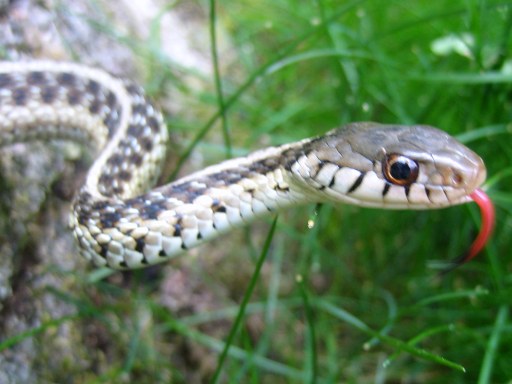
Habitat
This type of reptile is present throughout most of North America and quite adaptable to various environments. In the western part of North America, garter snakes are more aquatic compared to the species that live on the eastern side. They can be found in a variety of places, including forests, fields, woodlands, lawns, etc. Garter snakes are part of the group of Natricinae snakes, which means they favor water-orientated environments.
Diet
Like all snakes, garter snakes are carnivorous and their diet consists of nearly every type of animal that they are able of overpowering. They are quite fond of slugs, earthworms, leeches, crickets, and even small rodents, which makes them perfect companions when it comes to gardening. Whenever they live closer to water, they will choose to feed on amphibians and other aquatic animals.
Behaviour
Garter snakes are diurnal, which means they search for their prey during the day time. Generally, they are resistant to the poisons of other animals such as toads and have the ability to absorb some of the toxins. When the toxin finds its way into their system, they become poisonous as well. Their level of toxicity poses no threat to humans, however, it’s helpful for them when it comes to hunting and deterring potential predators.
These reptiles have very complex systems of pheromonal communication and can find other snakes by following their scents. There is a distinguishable difference between the trail left by a female and by a male, but a male garter snake can produce both male and female pheromones to fool other males during the mating season.

When caught in a distressing situation, garter snakes rather flee than attack. They may coil and strike, however, if disturbed usually will hide their head and flatten their tail. Another form of self-defense is discharging a foul-smelling fluid from their post-anal glands.
Reproduction
The mating season begins when the snakes emerge from brumation. Typically, the males mate with several females. Gestation lasts up to three months and the babies are independent at birth. A female can give birth to anything from 3 offspring to even 80 in a single litter.
Select Your Animal

Raccoons
Raccoon Removal Information & How-To Tips

Squirrel
Squirrel Removal Information & How-To Tips
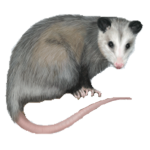
Opossum
Opossum Removal Information & How-To Tips
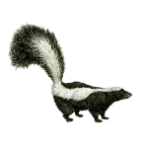
Skunks
Skunks Removal Information & How-To Tips
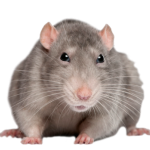
Rats
Rat Removal Information & How-To Tips
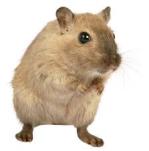
Mouse
Mouse Removal Information & How-To Tips
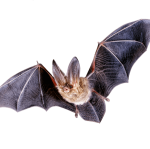
Bat
Bat Removal Information & How-To Tips

Bird
Bird Removal Information & How-To Tips
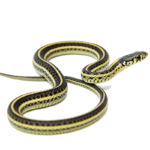
Snake
Snake Removal Information & How-To Tips

Beaver
Beaver Removal Information & How-To Tips
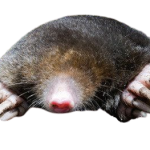
Mole
Mole Removal Information & How-To Tips
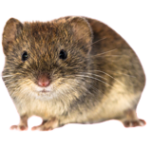
Vole
Vole Removal Information & How-To Tips

Gopher
Gopher Removal Information & How-To Tips
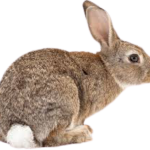
Rabbit
Rabbit Removal Information & How-To Tips

Woodchuck
Woodchuck Removal Information & How-To Tips
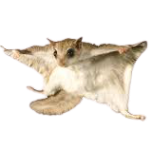
Flying Squirrel
Flying Squirrel Removal Information & How-To Tips

Chipmunk
Chipmunk Removal Information & How-To Tips
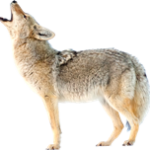
Coyote
Coyote Removal Information & How-To Tips

Fox
Fox Removal Information & How-To Tips

Wild Hog
Wild Hog Removal Information & How-To Tips
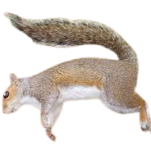
Dead Animal
Dead Animal Removal Information & How-To Tips